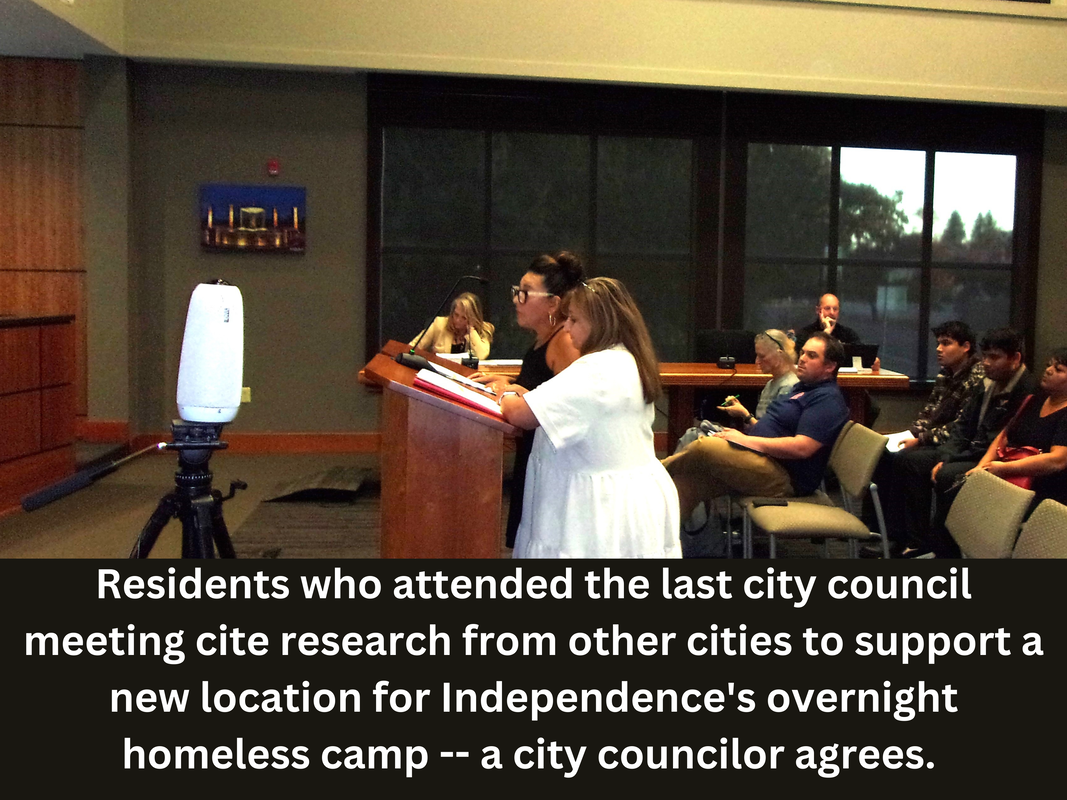
By Anne Scheck
Trammart News Service
Residents who live near a lot selected by Independence for homeless overnight camping called for moving the site to city-owned property out of their neighborhood – citing a petition signed by more than 200 people and examples from other towns that use areas away from homes for the same purpose.
In a near-capacity crowd at the Independence City Council meeting this week, neighbors who live by Polk Park at Ash and Polk streets told the councilors in public testimony that the lack of communication with them and the lack of opportunity to have a voice in the decision was deeply disappointing.
Cities such as Wilsonville and Bend have dealt with the homeless housing challenge differently, said Liza Reyna-Skipper, who spoke at the podium with her sister, Teresa Reyna Alvarez. (photo inset)
Other cities were “proactive,” reaching out to the community to determine solutions, Reyna-Skipper noted. Several cities she found during her own research identified safe sections for homeless campers close to resources but away from residential communities – sometimes creating these spaces near their own city halls, she observed.
“The city could create a more accessible camping option and ensure that unhoused individuals have safe, regulated areas outside of residential neighborhoods,” Reyna-Skipper said.
In fact, an examination by Trammart News over the past week shows Reyna-Skipper to be correct. Many cities, including Tigard, have designated areas of city parks, including municipal campgrounds, as well as land around city halls or civic centers as places for temporary homeless shelter.
The lack of outreach or information from the Independence city staff also was a point of concern expressed by residents.
“This was right by my house, and it came up out of nowhere and it was very disturbing,” said Cynthia Gowen. “I was really saddened not to know anything about this,” said Lyndee Bahr, adding that the neighborhood had no chance for input.
The city communications coordinator, Emmanuel Goicochea, didn’t respond to numerous attempts by Trammart News for a response to the reaction of residents, when queried about it over the past week. City Manager Kenna West has requested that all city staff refrain from speaking with the local press, according to several city employees.
Though praising some aspects of the city’s actions on the matter, speaker Evan Sorce, who is a member of the city’s planning commission, said a new solution to the homeless camp needs to be found.
After the public testimony, City Councilor Dawn Roden echoed Sorce’s conclusion – and suggested the city literally look for the solution in its own back yard. There is green space by the rear parking lot of the Independence Civic Center, she pointed out. It’s an area that’s under camera surveillance, she said, describing it as a way to provide “a safe, comfortable” location. Other cities, such as those mentioned by Reyna-Skipper, could be used as a model for setting up a new site, Roden said. ▪
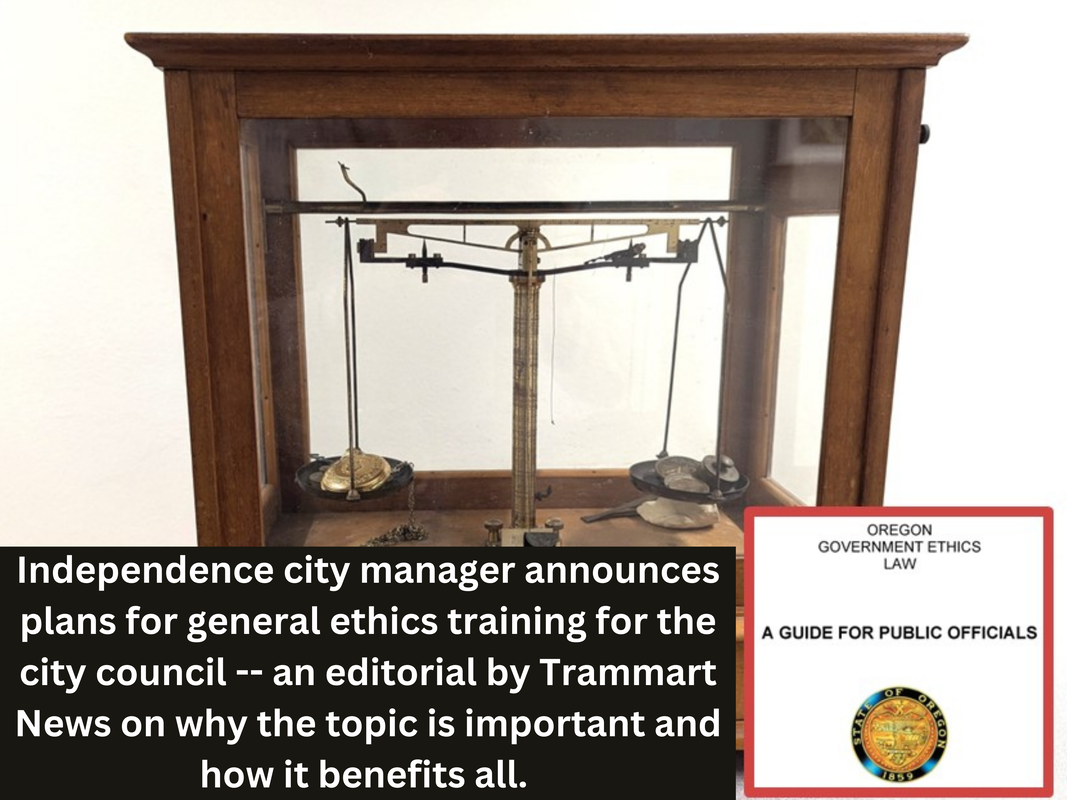
By Anne Scheck
Trammart News Service
Opinion & Editorial:
Ethics isn’t just a subject learned during religious worship, in psychology classes or around the family dinner table. In Oregon, and many other states, it is a matter of law.
Soon, the city council is going to get some lessons in it. That was the recent announcement of Kenna West, the Independence city manager, who said she thinks a good time would be when the council convenes in January, post-election and the start of a new year.
But for journalists, it can be a daily occurrence. What to leave in an article? What to take out? Thank goodness state law in Oregon protects all of us news scribes from being hampered by politicians who want to control messaging. Because there are plenty of them that do.
A current city councilor is now destined to be the city’s next mayor, Kate Schwarzler, who is running unopposed. She owes two years’ worth of back taxes on her home, or about $5,000.
So, it seemed to me that, after discovering this situation, the ethical approach as a journalist would be to give Schwarzler an opportunity to give her side of the tax-arrears situation. As it turns out, she doesn’t think her tax bill is relevant to her public service role, though she plans to make restitution.
And here is where ethics gets thorny. My ethics tell me it is pertinent – particularly when Schwarzler, in her role as a city councilor, and likely the next city mayor, can influence actions that would place more financial burden on city property owners.
Some of my ethical views are governed by the “public’s right to know,” a term for the press’ quest of enabling citizens to receive and obtain information about those in local government and beyond.
The other two incumbent councilors also running for election – Dawn Roden and Kathy Martin-Willis – are all paid up, tax-wise. Are you wondering why I would want to know such information about unsalaried, volunteer elected officials?
Because all three, at one time or another, have asked their fellow residents to pay more taxes to the city, from the annual “ad valorem” hike to a proposed levy on the November ballot that would add $1.82 per $1,000 of assessed value to the property-tax bill. (Roden voted against it.) Well, we all probably need ethics training now and again, and, as a journalist, I certainly can benefit from a refresher course.
I’m pleased that city councilors will participate in an ethics training session to inform them about conflicts of interest, misuse of public office and how to avoid the appearance of undue influence when receiving gifts. Perhaps such training sessions should be repeated on a regular basis.
I can tell you from experience that the Oregon Government Ethics Commission does a good job of training, thorough and informative – even enjoyable.
In fact, I have signed up for one of those sessions, too. It is called: “Public Meetings Law.” A good thing to know when covering a city like Independence. ▪

By Anne Scheck
Trammart News Service
Fun, family-friendly and filled with sunshine. That was an apt description for the Hop & Heritage Festival this past weekend.
Or, as one attendee who’d been to several in the past described it, the event was a “goldilocks” result. Just right.
The estimated count this year was 2,500, though it was an inexact figure till the final tally comes in. Even so, “we certainly had more folks this year than last,” said Natascha Adams, a board member of the Independence Downtown Association and chair of the event. “Although the festival was revived in 2001, and has been going since then, it has seen many iterations,” she affirmed.
It was the second year for a new “iteration” and the weather couldn’t have been more cooperative – breezy, sunny and temperate.
Several of those in attendance also said they found the day a great combination of Hop & Heritage festivals that preceded it: Alcohol was available, but not dominant, with beer gardens carefully coordinated by Julia Park, co-owner of Arena Sports Bar, who secured donations for all kinds of beverages, including soda.
The food was crowd-pleasing, too – with hot dogs, hamburgers and street tacos, and more varied fare.
There were more than 75 vendors, thanks to city staffer and volunteer Myra Russell. Booths included hand-crafted items and offered information on local charities and activities. Outreach ranged from a table by the Central School District on the upcoming bond to the new exhibit at the Independence Heritage Museum, with artifacts from daily town life in the early 1900s. There was a “Young Entrepreneurs Plaza” this year, too, which was organized by Amy Young, with creations ranging from refrigerator magnets to starter plants.
“Why no high school band or chorus?” asked a couple of local parents who sat at tables on the upper plaza while listening to live music in the amphitheater below.
“The timing with the start of school makes things really tricky,” Adams later explained. The musical groups, selected by Cindy Wilson, were Dylan Santiago, Beef Chicken and Schwing.
Proceeds from the Hop & Heritage Festival help keep the downtown decorated with flower baskets and holiday wreaths, among other aesthetic touches to make downtown charming and inviting to visitors.
To draw in the numbers that were attracted this year, the Independence Downtown Association members hand-delivered flyers, used radio spots, hung banners downtown and spread the word on social media.
Anyone who’s interested in helping with the festival can attend the planning meetings, which will start again in April and are held monthly, every third Wednesday. Information can be found on the Facebook page of the Independence Downtown Association, which is always open to new ideas, Adams said. “We have a few kinks to work out for next year,” she added. ▪



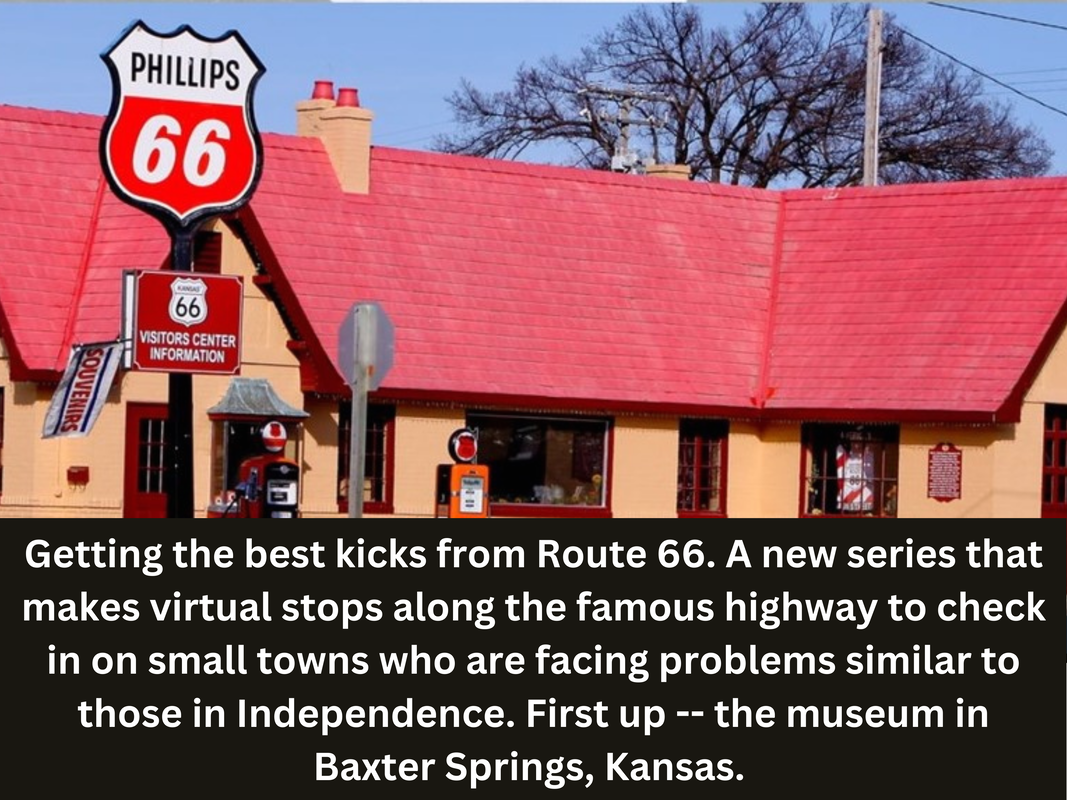
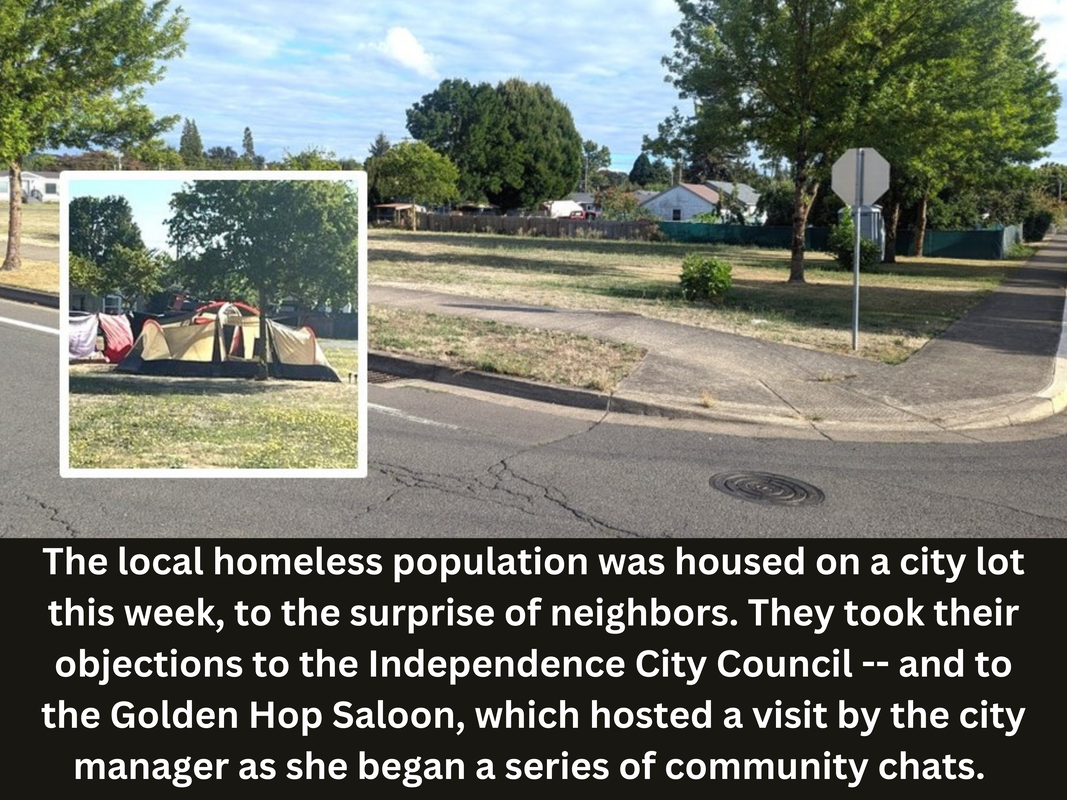
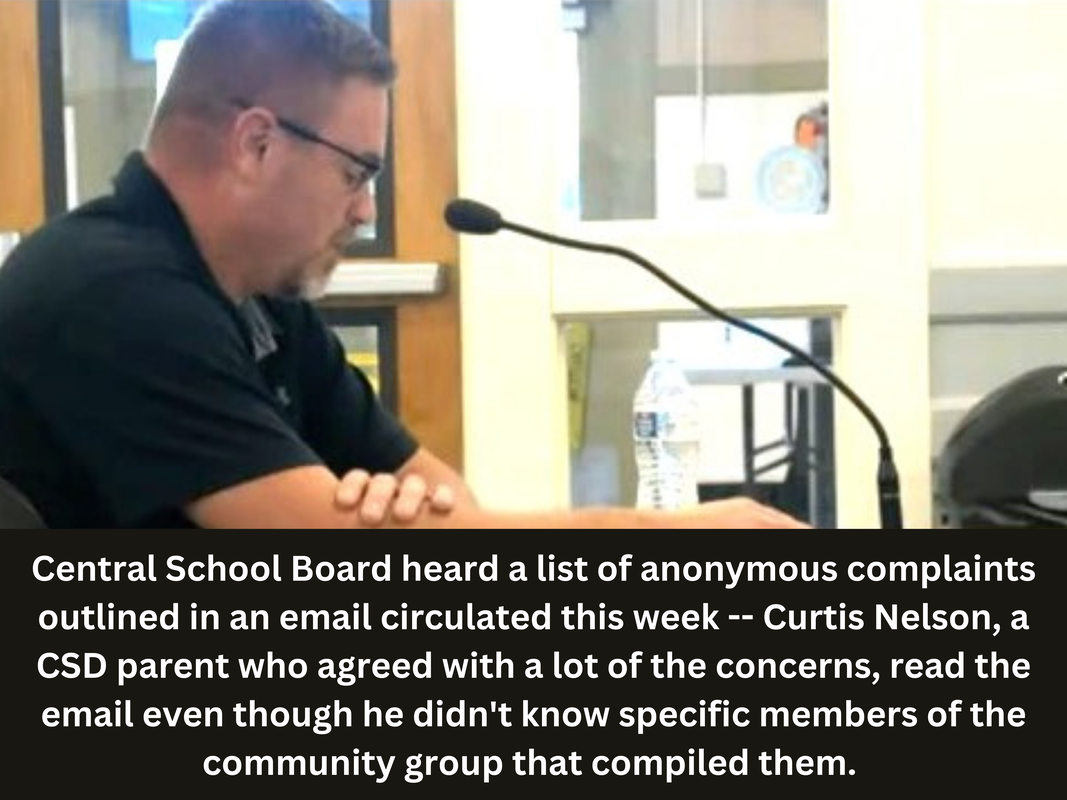

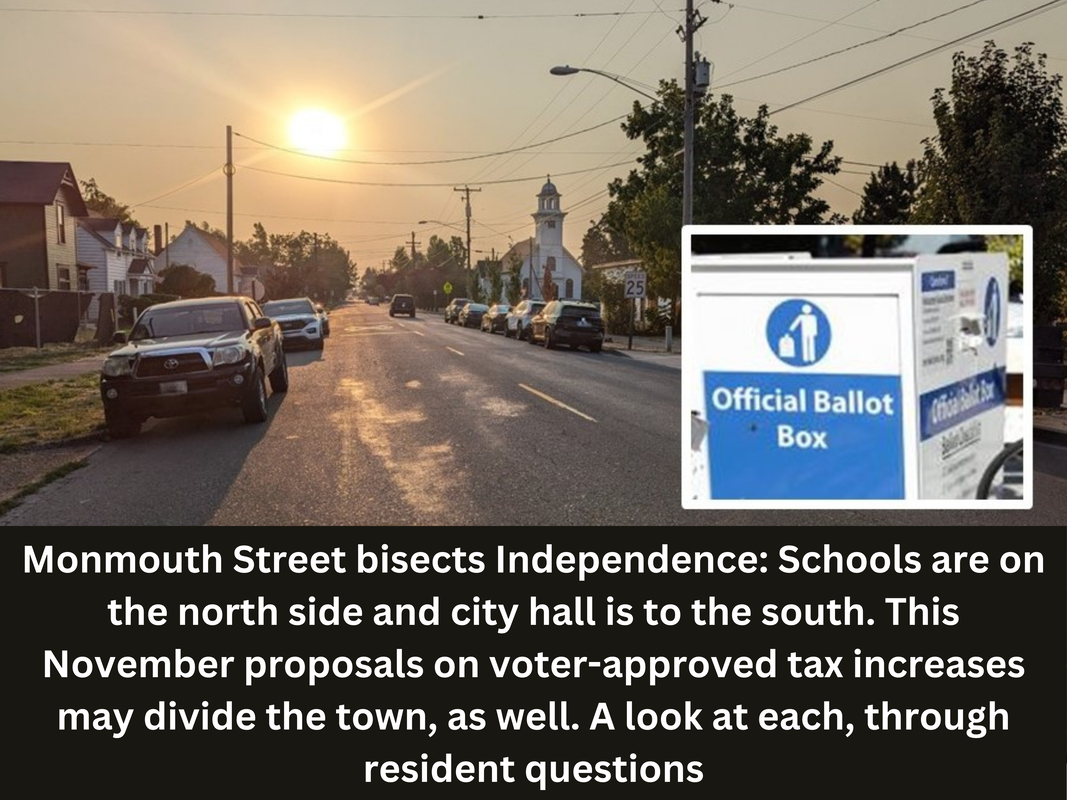
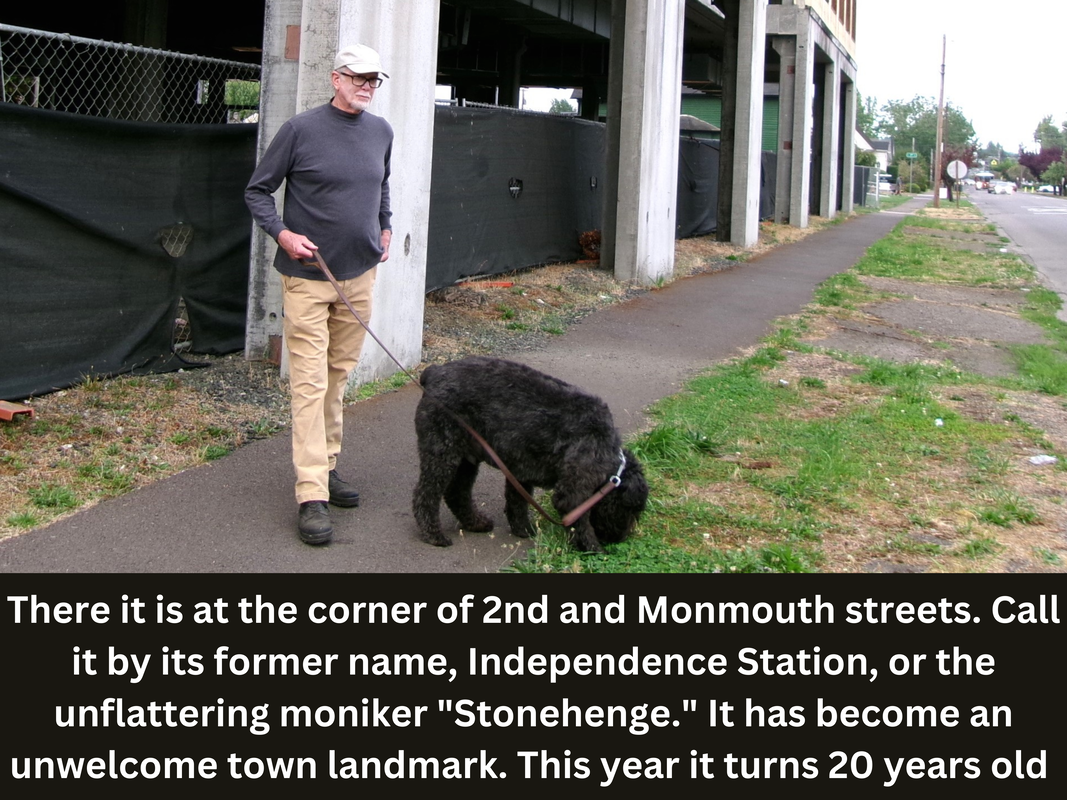

 RSS Feed
RSS Feed